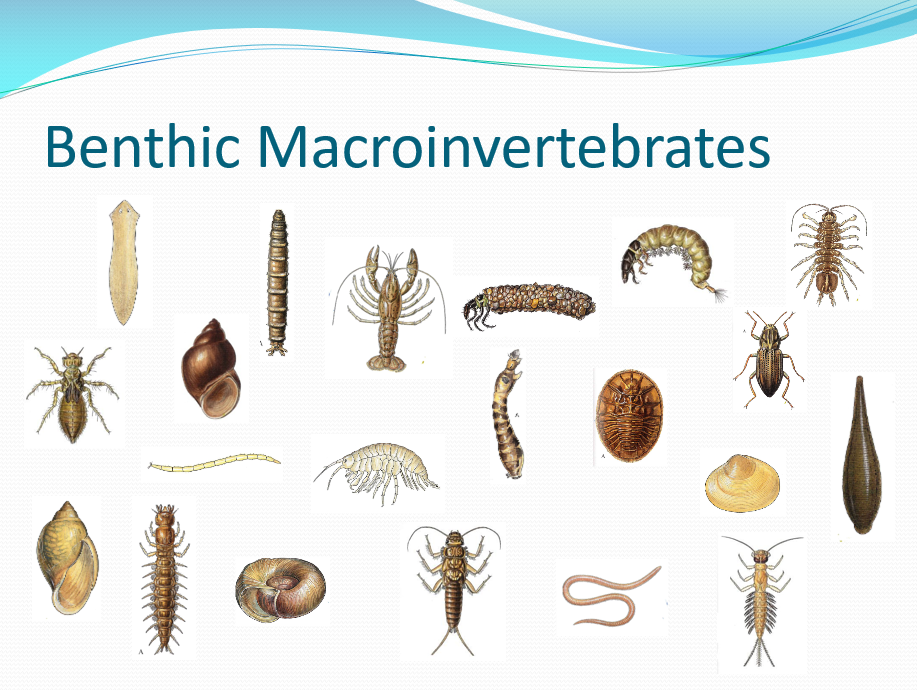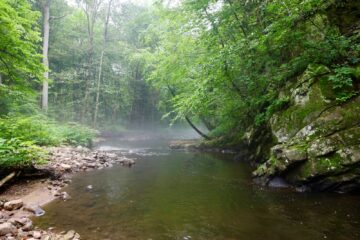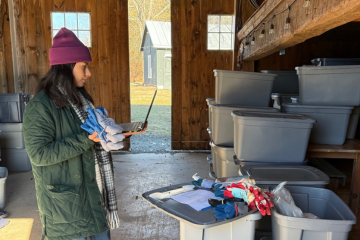Below the Ice
As winter temperatures plunge, stream life takes a dramatic turn. Fish and other cold-blooded animals adjust their body temperature to their natural environment. In the warm summer months, fish are fast and nimble. In winter, they slow down, eat less, and take refuge at the bottom of pools, in the deepest part of the stream where the water is warmest.
Fish are not the only creatures inhabiting our winter streams. Frogs hibernate in mud below the ice and many turtles also retreat to muddy homes, remaining inactive over the colder months. On the other hand, snapping turtles settle beneath plant debris and logs or even stay in muskrat or beaver burrows. Snapping and Painted turtles occasionally become active and can be seen moving under the ice.
 Macroinvertebrates use a variety of survival tactics, from overwintering in egg form to staying in the larval stage. A snail will burrow in the mud, a midge protects itself by secreting a fluid similar to antifreeze and aquatic worms encase themselves in a mucus that hardens into a chrysalis. Only the amazing stonefly continues to actively hunt for food in the chilly temperatures taking advantage of the all-you-can-eat buffet. When an early spring thaw melts the surface ice, water striders and diving beetles swim in the near-freezing water. Dragonflies and damselflies in their larval stage behave similarly.
Macroinvertebrates use a variety of survival tactics, from overwintering in egg form to staying in the larval stage. A snail will burrow in the mud, a midge protects itself by secreting a fluid similar to antifreeze and aquatic worms encase themselves in a mucus that hardens into a chrysalis. Only the amazing stonefly continues to actively hunt for food in the chilly temperatures taking advantage of the all-you-can-eat buffet. When an early spring thaw melts the surface ice, water striders and diving beetles swim in the near-freezing water. Dragonflies and damselflies in their larval stage behave similarly.
There are many reasons these fragile organisms can survive our winter streams. For one thing, colder water holds more oxygen and additionally, decomposition from fall leaf litter provides rich organic matter to reside in and subsist on.
As you take in the quiet beauty of our winter streams, know that there is fascinating and abundant life beneath the icy surface, waiting for warmer days to come.



